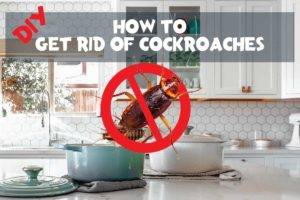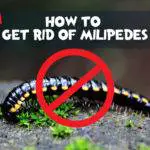Cockroach – a creature that makes many people scream when it flies. Unfortunately, cockroaches are hard to avoid for homeowners. In this guide, I’ll teach you how to get rid of cockroaches for good, using safe and effective methods!
To get rid of cockroaches, improve your sanitation and housekeeping standards. Cockroach-proof your house, especially drains. Apply bait or cockroach products at hotspots only if you have an infestation at home. Sticky traps can also help you monitor and catch cockroaches.
Let’s continue with the details on how to get rid of the cockroaches.
- What Do Cockroaches Look Like?
- What are the Types of Cockroaches?
- Why do I Have to Get Rid of Cockroaches?
- How to Identify Cockroach Infestation
- Finding the Source of Cockroaches in Your House
- How to Prevent Cockroaches?
- How to Eliminate Cockroaches
- How to Get Rid of Cockroaches in Car?
- Do Cockroach Traps Work?
- How to Repel Cockroaches?
- Final Words
- Additional Information
- Can cockroaches fly?
- Can cockroaches drown in water?
- Can I flush the cockroach down the toilet?
- What if a cockroach crawled on you?
- When do cockroaches come out?
- Can cockroaches survive a nuclear explosion?
- Can cockroaches survive after being decapitated?
- Can cockroaches chew through plastics?
- Do cockroaches eat Styrofoam?
What Do Cockroaches Look Like?
Cockroaches have a flatten and oval body. They have a pair of long and slender antennae, and adults usually have wings. Their forewings are leathery. The nymphs resemble adults, but are wingless.
What are the Types of Cockroaches?
There are around 5000 species of cockroaches. Majority of the roaches stay outdoors in wooded areas, and rarely interact with humans. Only a handful of them are considered pests.
The most common pest cockroaches are the American roaches and German roaches. The funny thing is, American roaches do not originate from America, and German roaches are not from Germany.
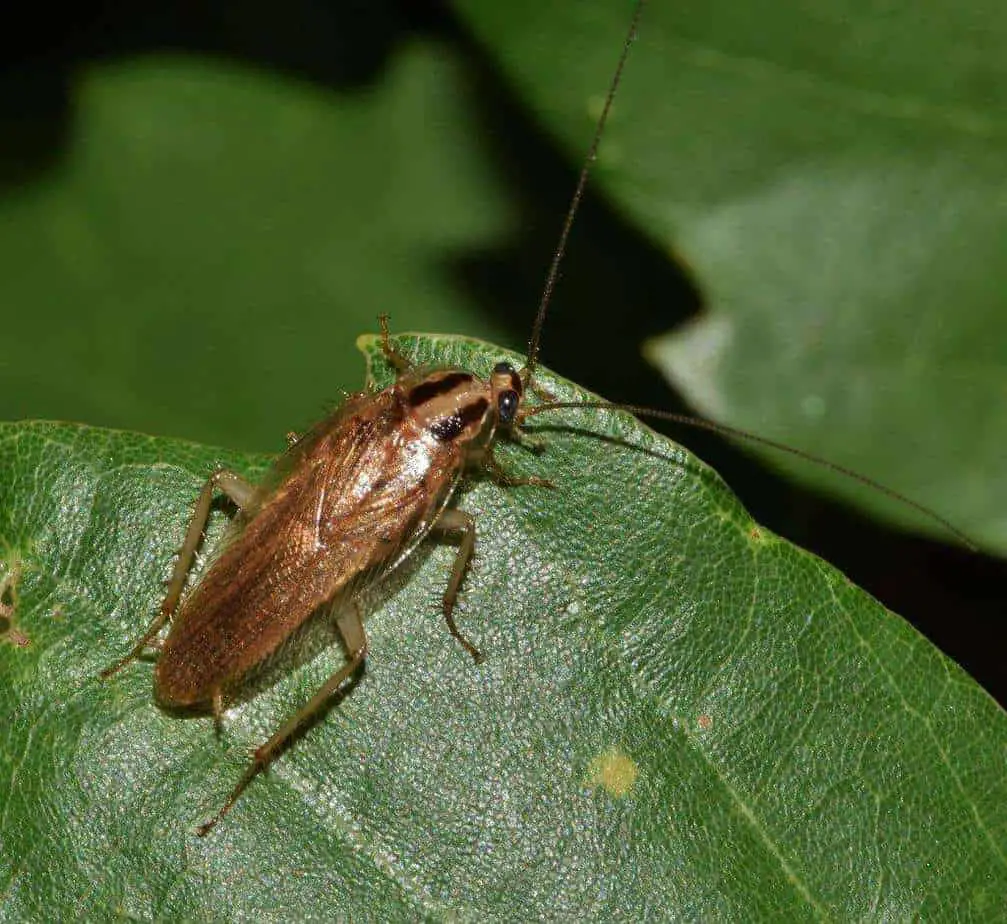
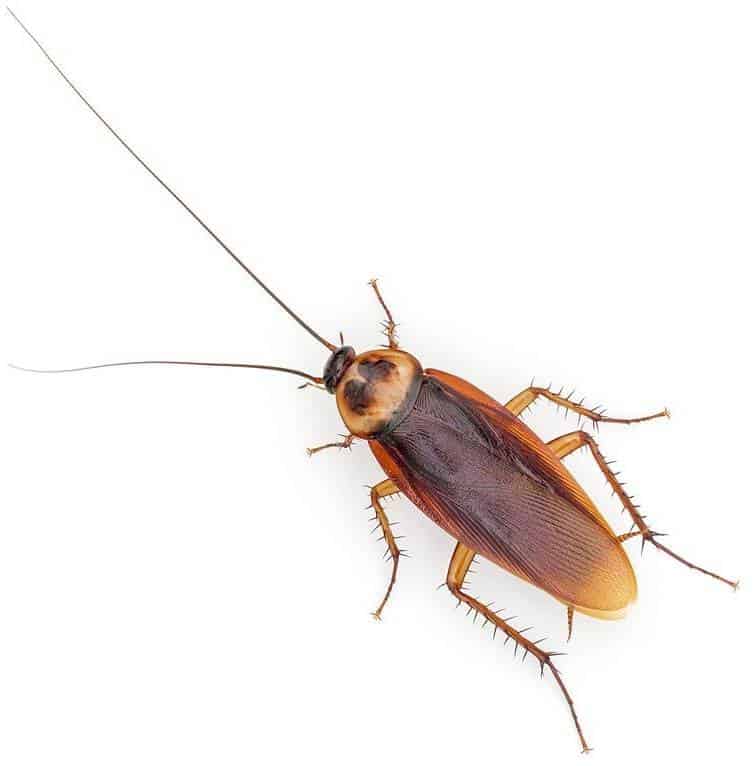
The American roaches are about 1.5” in body length. They tend to live in the sewer and infiltrate houses when the weather becomes cooler. Meanwhile, German cockroaches are small (~0.5”). They usually stay and breed indoors.
Other species of pesky roaches include the small brown-banded roaches and Asian roaches, and bigger species such as Australian roaches and smoky-brown roaches.
Why do I Have to Get Rid of Cockroaches?
Cockroaches are known to contaminate food and transmit diseases such as dysentery, diarrhea, cholera, and typhoid fever, as well as asthma and allergic reactions. Even if they are clean, they are the fear factor for many people!
How to Identify Cockroach Infestation
Before you put up any control measures, it is important to confirm whether you have a cockroach issue. There are 5 signs of cockroach infestations.
- Live or dead roaches.
Obviously, if you find a live or dead cockroach, you have a cockroach issue. Often, spotting live roaches is how homeowners know they have cockroach issues. If you see a cockroach once, maybe it is not a big concern. But if you see roaches more than once, or if there are 2 or more roaches, you have to do something. - Cast skin.
Roaches grow by molting and they leave their cast skin behind. If you see cast skins of various sizes in your house, you have a big issue! - Egg case.
Cockroaches lay eggs in an egg case. Depending on species, some carry the egg case until the eggs are about to hatch, while some hide their egg case somewhere safe.
If you see an egg case, crush it! Don’t spray. Cockroach eggs are well-protected by the egg case, and many products can’t kill the protected eggs.
If you have kids at home, you can use the egg case for educational purposes. Keep it in a small deli cup, and wait for them to hatch. Kids are excited to see the whitish nymphs. Make sure the nymphs can’t escape, and kill them afterwards. - Cockroach droppings.
Depending on the size of the cockroaches, their droppings look like dark coffee grounds or small rice grains. They may also appear as small dark spots.
Fresh droppings are soft and indicate recent infestation. Old droppings are hard and brittle, and the roaches may no longer be there. Clearing the droppings help you to spot new infestations. - Cockroach odor.
Cockroaches have a distinctive odor that you will not forget. Smelling this odor in your house is an indication of heavy infestation.
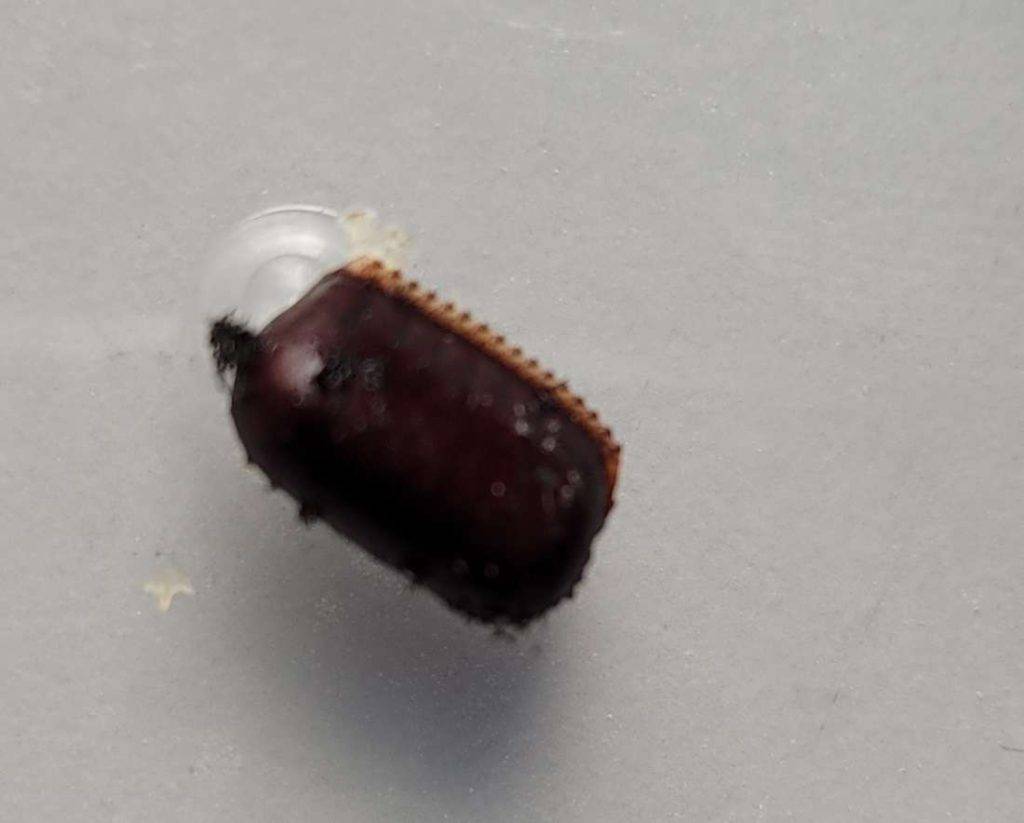
Finding the Source of Cockroaches in Your House
It is important to determine the source of cockroaches, because that allows you to take the right actions.
American cockroaches, for instance, mainly come from outside. Smaller cockroaches, such as the German cockroaches, typically harbor indoors.
Cockroaches prefer to hide in dark and cool places. They love to squeeze inside narrow gaps because it makes them feel safe. Hence, narrow spaces should be the top suspect.
You have to check clutter (including plastic bags, newspapers, carton boxes) in your house, behind the fridge, attic, crawl space, basements, underneath sinks, inside kitchen cabinets, behind drawers, fruits, coffee machine, drink dispenser, electronic switch box, cracks and crevices etc. A torch light will help your inspection.
Small infestations are usually difficult to detect. It can be a random cockroach accidentally invading your house, and hiding at a random location.
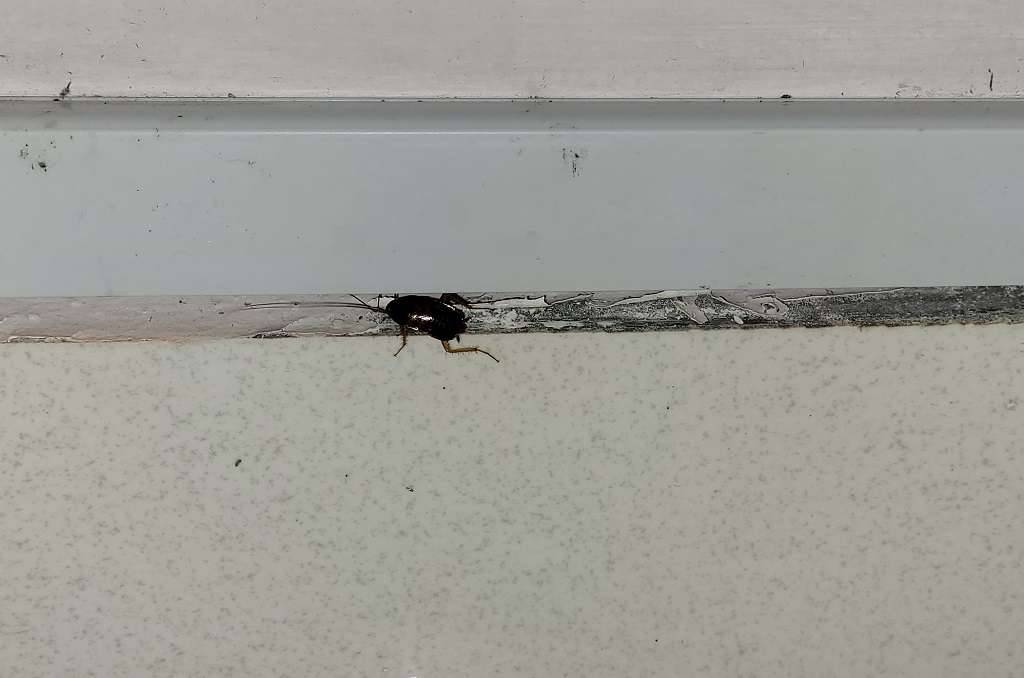
To help you identify infestation faster, you can place some sticky traps in cabinets, under sink, along baseboards. Check those sticky traps once a month or two. You don’t have to replace the trap until you catch something, or become dusty.
I use Catchmaster 100i to monitor cockroaches. The trap is baited with molasses to attract cockroaches, making it effective to detect any cockroach infestation.
How to Prevent Cockroaches?
Sanitation and Housekeeping
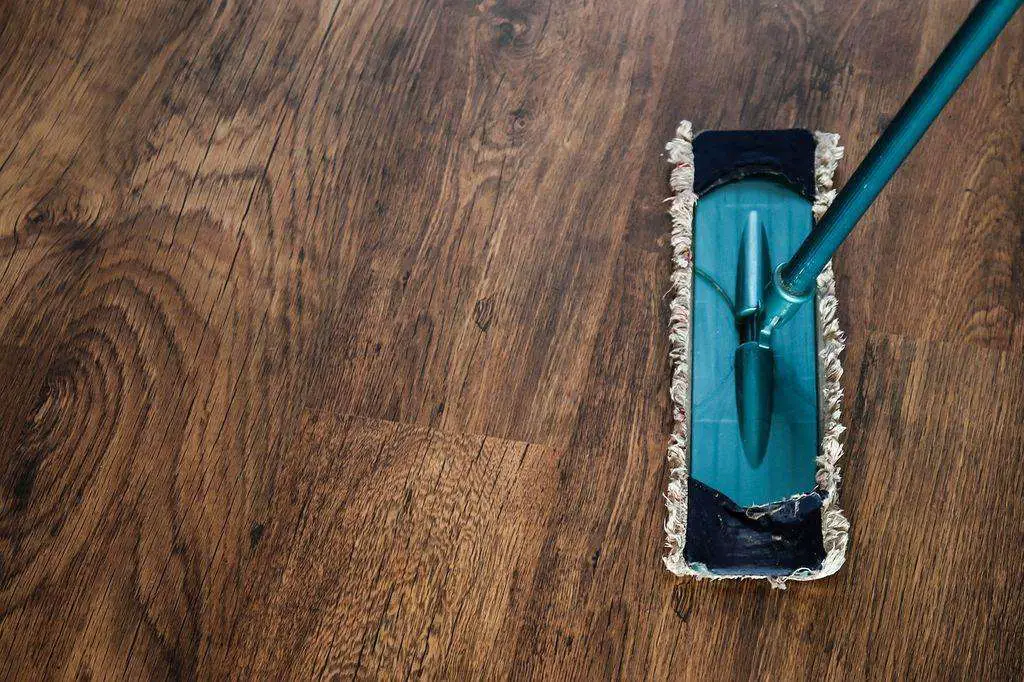
To prevent cockroaches, you need to know what attracts them. Cockroaches invade your house for food and shelter. If you can improve the sanitation and housekeeping standards in your house, it becomes less attractive to the roaches.
These are the things you can do:
- Clean food or drink spillage immediately.
- Clear food wastes in the sink daily. Don’t leave it inside the sink overnight.
- Clean the pet food bowl before you go to sleep.
- Regularly sweep or mop the floor to remove food debris.
- Eat only at delicate areas to limit spillage, so that you won’t miss cleaning certain places.
- Use trash bins with a lid for food waste. Trash bins without a lid are only for non-food waste.
- Clean your trash can from time to time to reduce the odor that attracts cockroaches.
- Cut off cockroaches’ access to water by fixing leaking pipes or taps.
- Keep all food (including pets) covered in air-tight containers.
- Clear clutter, especially newspapers, plastic bags, and carton boxes. These are cockroaches’ favorite hiding spots.
- Patch all the cracks and crevices with putty, so that there is no place for the roaches to hide.
Cockroach Proofing
Cockroaches don’t just appear out of nowhere. Most likely, they go into your house through various entry points. To reduce the likelihood of cockroach intrusion, you can do the following:
- Install door sweeps at doors leading to the external, including garage doors.
- Close your windows at night or install screens on the windows. I have seen roaches gliding into my room through the windows at least 3 times.
- Install anti pests floor traps, such as the Green Drain to stop roaches from intruding via the floor drain.
- Seal gaps where utility lines and pipes enter buildings using caulking foam.
Not all roaches walk or fly into your house. Sometimes they are brought in. Make sure you check your groceries, especially if you buy tropical fruits. I’ve caught roaches a few times in my fruits.
How to Eliminate Cockroaches
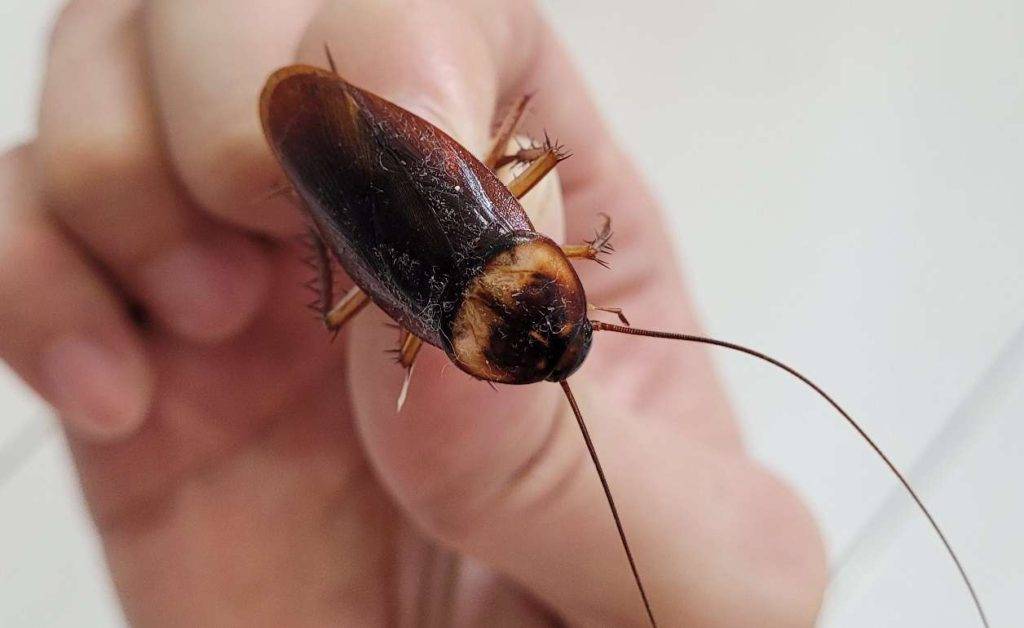
There are various way to kill cockroaches. Here, we will only focus on proven methods that are effective and safe.
Cockroach Baiting
The best way to kill roaches is by using bait. Cockroach bait contains activity ingredients that kill the roaches when ingested.
Bait is effective because the roaches actively search for food. By placing the bait at places where you see roaches, you can rest assured that the roaches will find the bait.
To make baiting more effective, you should improve your sanitation practices to reduce competition from other food sources.
Another reason to use bait is food safety consideration. Roaches are often found in kitchens where other treatments, such as spraying and dusting, are not feasible. Baits truly shine in such settings.
It is crucial that you don’t treat the area where you put the bait with other insecticide! That may render your bait unattractive to the roaches.
You can make your own cockroach bait using boric acid following my guide. Alternatively, you can buy commercially available bait such as Terro T500.
Terro T500 contains abamectin, a byproduct of microbes found in the soil. It is effective in killing roaches once ingested.
Spray with Nature-Cide
Nature-Cide is a green product effective in killing cockroaches. It is a safe and natural option for those who are looking for a green way to get rid of cockroaches.
Nature-Cide contains natural clove oil and cottonseed oil that work wonder on cockroaches. Simply spray it directly onto the cockroaches and see them die.
Note that the cockroaches may run around for some time before finally succumbed to the spray.
Although Nature-Cide provides some level of repellency towards cockroaches, don’t expect it to stop roaches from intruding. This product works great only if you spray it directly on roaches. It kills via contact, and doesn’t work after it dries up.
Dusting with Diatomaceous Earth
Diatomaceous earth is a non-toxic, naturally occurring matter. It is proven to be safe and effective in killing roaches. Upon contact, it damages the exoskeleton of the roaches, causing excessive water loss, and ultimately death. This is a mechanism that works even on insecticide-resistant roaches.
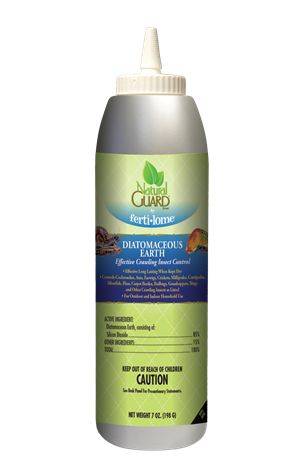
I recommend using Natural Guard Diatomaceous Earth. It comes with a cone tip, which makes it easier to use than those packed in a plastic bag.
Apply a coating of diatomaceous earth on places where the roaches are likely hiding, preferably at the corners of hidden areas. You can also sprinkle it directly onto cockroaches.
Note that diatomaceous earth works only when it is dry.
Use DIY Cockroach Trap
If you prefer to trap the roaches, here’s an easy way. Prepare a glass jar or a plastic container. Tuck it into a sock. Apply a 3” wide band of vaseline (preferably teflon instead) on the inner wall of the container, near the opening. Pour some beer onto a piece of bread and put it into the container.
Place the trap in the dark, at locations where cockroach activities are found. Leave it overnight.
The roaches are attracted to the smell of the fermenting bread, and climb into the trap, utilizing the sock. When they are in the trap, they can’t escape because of the slippery vaseline/teflon.
How to Get Rid of Cockroaches in Car?
Having cockroaches in cars is rather common. They usually went into your car through groceries, and they can survive on the food debris in your car. To prevent that from happening, avoid eating in the car, and always check your groceries for any roaches.
It is difficult to treat cockroaches in the car, because there are too many places for them to hide. You should first vacuum and clean the car interior, especially the floor mat and child car seat. If required, flush out the roaches using total release pyrethrin.
A thorough vacuuming and cleaning will ensure all food sources are removed and limit their survivability. If the vacuuming and cleaning are thorough enough, you can even remove all the roaches without resorting to insecticides.
If you had to use insecticide, do a total release treatment in your car. First, remove unnecessary gadgets from your car, such as child car seats and pillows, and empty your car boot. Make sure the roaches are not hiding on those items.
Close all windows and doors, except 1 door. Open up all the storage compartments in your car. With the engine off, place a total release canister at the center of your car and activate it. Quickly exit and close the last door. Let the canister empty itself and leave it in the car. The gas will penetrate small gaps where the roaches are hiding, and kill the roaches upon contact.
Depending on the design of your car, you may need to treat the car boot separately if the gas can’t penetrate into the boot. You can use the same canister to treat the car boot first, before setting it to total release to treat the seat compartment.
On the next day, open the doors and car boot, and ventilate for at least 2 hours before reentering the car. Then, wipe off the interior surfaces with soap to remove any residues.
I recommend using Pyrethrum TR Fogger to treat the roaches in your car. It contains pyrethrins, a naturally-occurring compound in flower.
Pyrethrin has a fast knockdown effect, and it is synergized by piperonyl butoxide to enhance its efficacy.
I like it because it breaks down rapidly in the sunlight, and leaves minimal residues.
Do Cockroach Traps Work?
Trapping is an effective way to monitor cockroach infestation, but it is not effective in resolving your cockroach issue.
Commercially available sticky traps such as Catchmaster 100i usually come with baits or pheromones to attract cockroaches. You can DIY your own traps, but bear in mind that roaches can escape the glue if it is not sticky or thick enough. For bait, you can put pet food or biscuits.
How to Repel Cockroaches?
Cockroach repellent is something many homeowners look for. Isn’t it great if you can repel the roaches without harming them?
You can repel cockroaches using a few essential oils. However, it is only a temporary measure and doesn’t solve your cockroach issue. The cockroaches will likely move to the untreated areas in your house. Moreover, the odors from those repellents wear off quickly and lose their repellency.
Essential Oils
Essential oils such as grapefruit, lemon, lime, cedar, turmeric, pepper, and orange oil are effective in repelling cockroaches. However, the results are not robust. Studies show that a small portion of the roaches are not affected by the repellent. If you are expecting zero cockroaches after spraying essential oil, you will be disappointed.
Coffee Grounds
Coffee grounds are often touted as a repellent for cockroaches. But they are not! Do you know that most of the cockroach infestations in coffee shops are found in the coffee machines? While they are not particularly attracted to coffee grounds, roaches are not repelled by coffee grounds either!
Pandan Leaves
In Southeast Asia, cab drivers usually put a bunch of pandan leaves in their cab, which is said to repel roaches. While pandan leaves contain compounds which repel roaches in high concentration, the amount of those compounds released by the leaves is likely ineffective in repelling cockroaches.
Perhaps the only way to make it work is by putting a lot of pandan leaves in an air-tight compartment so that enough repellent is accumulated in the air. But then, where do you want the cockroach in the air-tight compartment to go, and how did the cockroach go in there?
Final Words
I hope you are able to resolve your cockroach issue by following the methods listed here. However, if you can’t handle the infestation, make sure you get help from a pest control service provider. You can get a non-obligatory quote from your local service providers on Networx.
Finally, do share my blog if you find it helpful.
Additional Information
Can cockroaches fly?
Majority of the pesky roaches don’t fly. But they can glide from 1 place to another. Certain cockroach species do not have wings. In some species, only the male roaches have wings, while the females have either vestigial wings or no wings.
Can cockroaches drown in water?
In total, cockroaches can drown in water if they stay underwater long enough. Cockroaches breathe through spiracles along the sides of their abdomen and thorax. By keeping their thorax and abdomen in water for a prolong period of time, the cockroaches can die from drowning. Note that cockroaches can float on water, and escape from drowning though.
Can I flush the cockroach down the toilet?
You can flush the cockroach down the toilet. However, depending on the design of the sewage line or drain line, the cockroach may find its way back to your house.
What if a cockroach crawled on you?
Generally, your body will develop allergic reactions on the skin crawled by cockroaches, due to the presence of allergens. That usually comes in the form of rashes and itchiness. Wash the affected skin with soap and water. The symptoms should subside in a few hours to a day.
When do cockroaches come out?
Cockroaches are nocturnal insects. They come out to look for food at night. On rare occasions, you may see cockroaches at day time, especially if there is a heavy infestation.
Can cockroaches survive a nuclear explosion?
Cockroaches cannot survive the direct impact by nuclear explosion, but they have a better chance of surviving radioactive emission than humans. Having said that, roaches are not the most nuclear emission-resistant insects. Fruit flies, for example, are 10 times more resistant to nuclear emission than roaches; while parasitoid wasps of the genus Habrobracon are 28 times more resistant than roaches.
Can cockroaches survive after being decapitated?
Yes, cockroaches can survive after being decapitated. But, they ultimately die due to dehydration, since they can’t drink water without their head.
Insects’ respiratory and circulatory systems are different from humans. They breathe using spiracles on their abdomen, and their blood is not contained in blood vessels. Removing the head of a cockroach doesn’t cause it to die from excessive blood loss and inability to breathe.
Moreover, the remaining parts of the nervous system in the cockroach can still coordinate basic functions, like moving and responding to touches.
Technically, both the decapitated body and head can survive if sufficient water and nutrients are supplied.
Can cockroaches chew through plastics?
Cockroaches can chew through thin plastic materials, but they can’t rely on plastic to provide them nutrients and energy for survival.
Do cockroaches eat Styrofoam?
Cockroaches can chew through Styrofoam, but they don’t eat Styrofoam.

